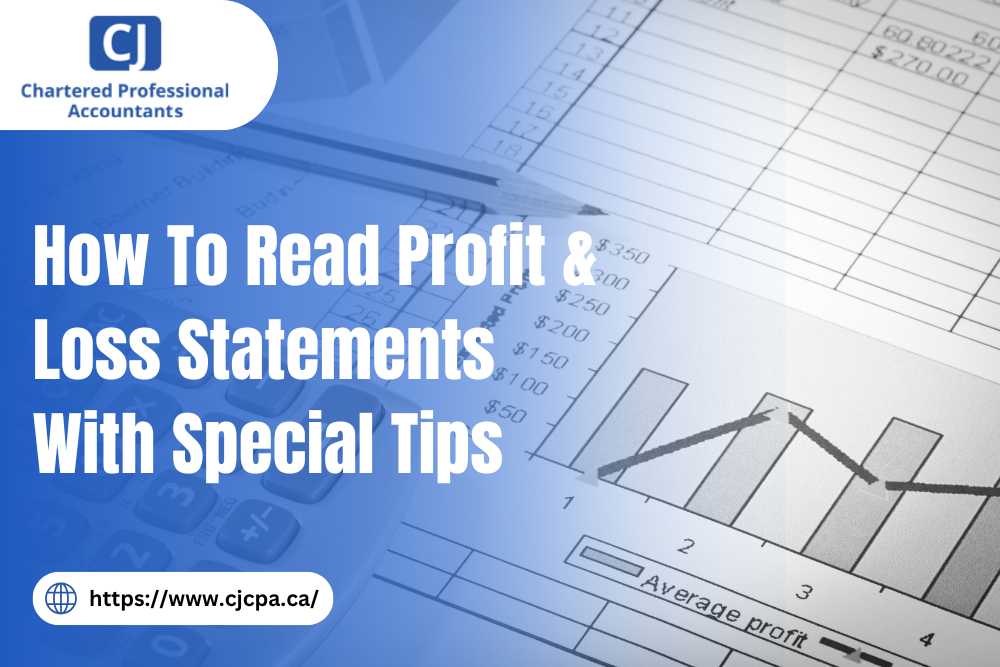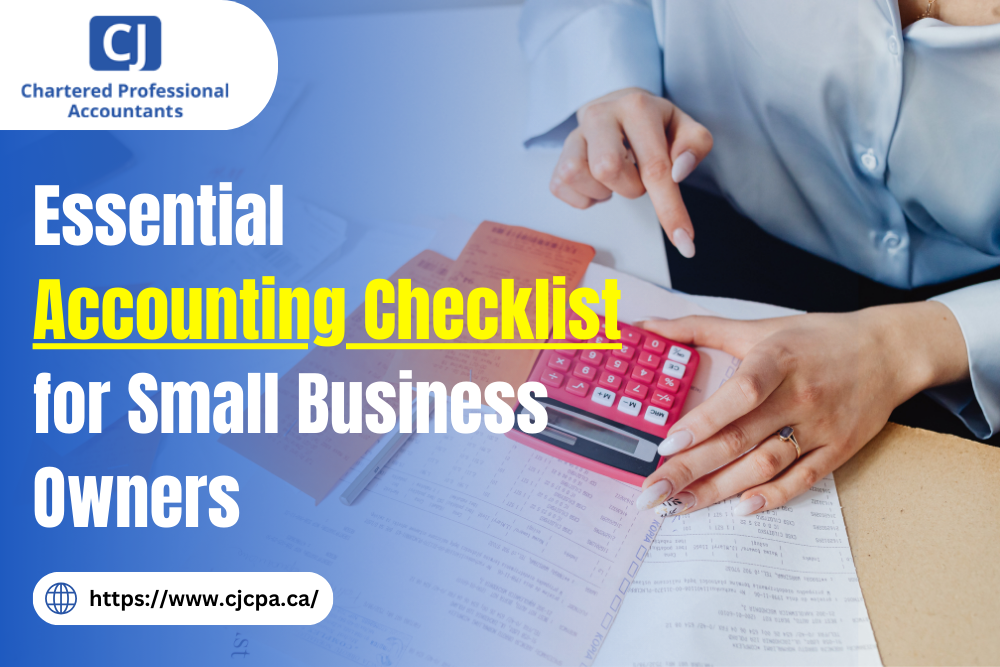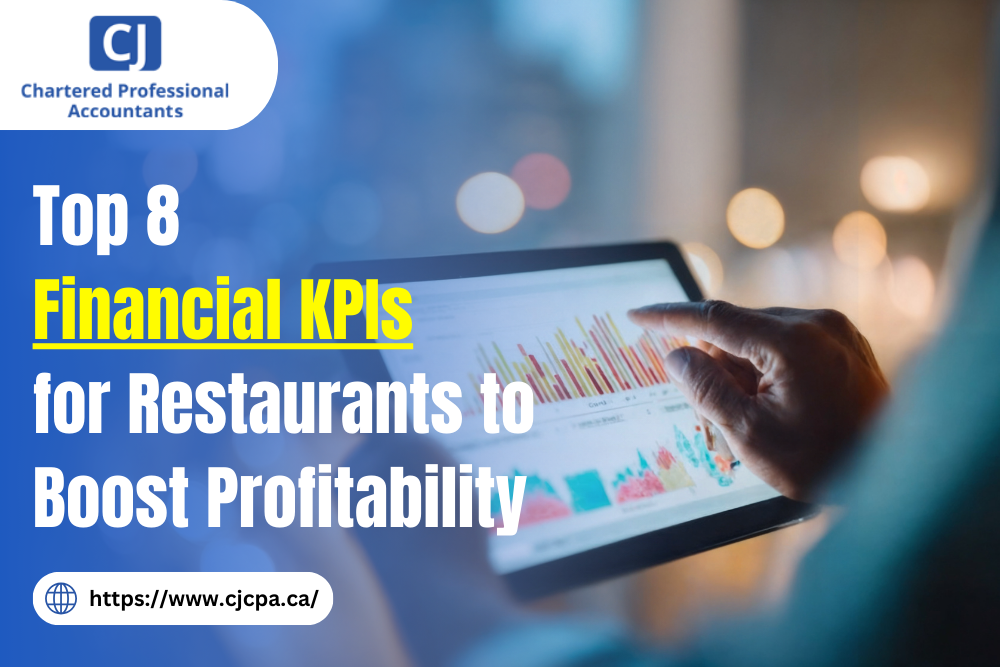How to Read Profit and Loss Statement – Guide for Business Owners
Stay updated with current accounting standards, business compliance, tax preparation tips, and latest news.

26 Aug 2025
Ever stare at your numbers and feel like they’re speaking another language? Your Profit & Loss (P&L) is the decoder ring. Knowing how to read profit and loss statement details turns scattered figures into a clear story about pricing, costs and profitability. This guide shows you what the P&L really says and how to act on it without drowning in jargon.
Key Takeaways
- Look at revenue vs. expenses → It shows if your business is making or losing money.
- Check gross profit → Are you making enough after covering the direct cost of products/services?
- Watch operating expenses → Spot areas where you might be overspending.
- Pay attention to net profit → This is the “real” bottom line of your business.
- Review regularly (monthly/quarterly) → Catch problems early and make better decisions.
What is a Profit and Loss Statement?
A profit and loss statement (income statement) summarizes revenue earned and expenses incurred over a defined period, revealing profit or loss. Think of it as performance over time: sales come in, direct costs and overheads go out and the remainder is profit. It reveals whether your operations are profitable or costing more than you earn. Without understanding it, you’re flying blind and many businesses suffer consequences from that.Components of a Profit and Loss Statement
Breaking down the components of a profit and loss statement makes it easier to read:- Revenue (Sales/Income): The total money earned from selling products or services.
- Cost of Goods Sold (COGS): Direct costs of producing goods/services.
- Gross Profit: Revenue minus COGS.
- Operating Expenses: Day-to-day expenses like salaries, rent, marketing.
- Operating Income (EBITDA): Earnings before interest, taxes, depreciation, and amortization.
How to Interpret a Profit and Loss Statement
Simply knowing the parts isn’t enough. Here’s how to interpret a profit and loss statement effectively:- Compare revenue vs. expenses: Are costs rising faster than sales?
- Track margins: Gross margin and net profit margin reveal efficiency.
- Spot trends: Look at results over multiple periods (monthly, quarterly, yearly).
- Identify red flags: Declining profits, shrinking margins, or rising overheads.
- Benchmark against industry standards: This helps you see if your business is competitive.
Benefits of Analyzing a Profit and Loss Statement
Regular analysis sharpens decisions. You can pinpoint profitable products, identify cost leaks and adjust pricing before profits erode. Lenders and investors gain confidence from consistent, well-explained results and your team gains a common language for budget versus actual. Ultimately, knowing how to read a profit and loss statement accurately improves forecasting, aligns resources with strategy and reduces surprises.How Often Should You Review a Profit and Loss Statement?
So, how often should you review a profit and loss statement? Ideally, every month. Regular reviews let you catch small issues before they become major problems. At the very least, review quarterly if monthly isn’t feasible. Annual reviews alone aren’t enough, waiting that long could leave you blind to serious inefficiencies or missed opportunities.Common Mistakes Business Owners Make
- Looking only at revenue, ignoring expenses.
- Reviewing statements only at year-end.
- Confusing one-time costs with recurring ones.
- Misclassifying expenses, which skews results.
Tips to Get More from Your P&L
- Always compare actual results to budget or prior periods.
- Use graphs or dashboards to spot trends visually.
- Partner with financial experts to interpret anomalies and optimize performance.


